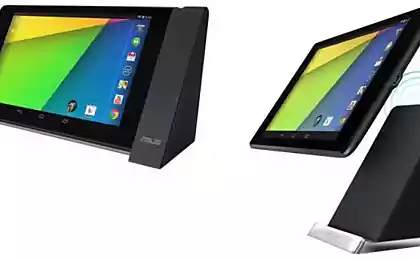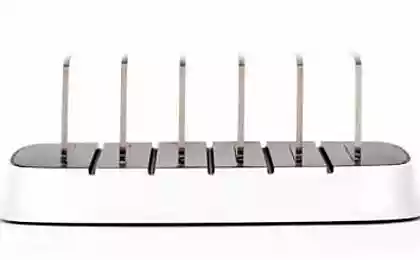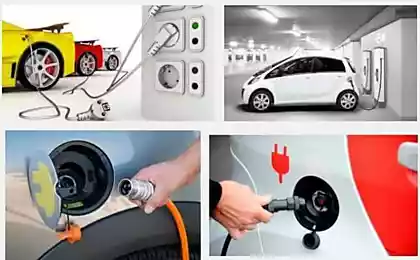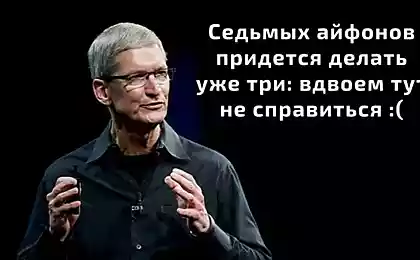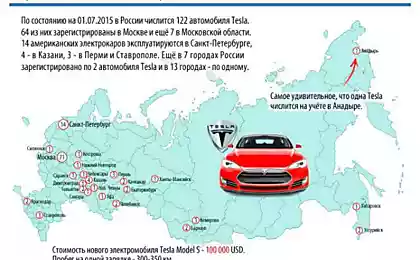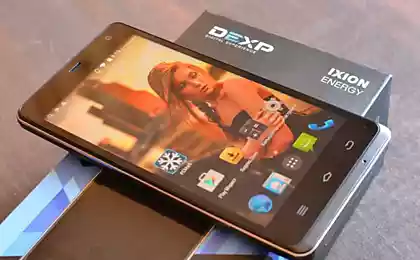208
Why Europe decided to switch to standard charging for gadgets and who it will affect the most
Most developed countries are studying the issue of environmental pollution. EU countries are actively sorting garbage and recycling it. Recycling recyclables at the moment is the most effective solution to the problem. But the European Union does not stop there. Every year, the issue of ecology is on the edge around the world. In 2022, the EU plans to standardize the charging connector of gadgets. It is possible that charging for the phone Type-C from 2024 will be sold separately from the devices.

It is planned that in the future each electronic device: phone, tablet, laptop, camera and other gadgets will be approached by one USB Type-C charger. Thus, the solution will simplify the lives of users of smartphones and other equipment, as well as significantly reduce the amount of electronic waste. In addition, the charger will no longer be sold bundled with new smartphones. Most members of the European Parliament supported the initiative.
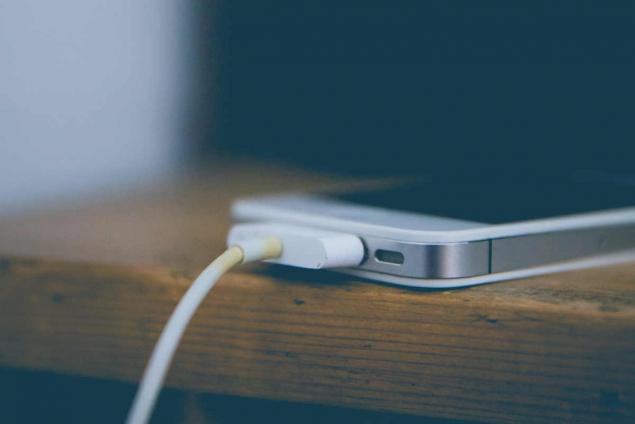
Back in 2009, the European Commission called on manufacturers to standardize chargers for gadgets. Samsung, Apple, Huawei, Nokia agreed to use microUSB charging in their devices in smartphones that would be released after 2011. Only Apple took advantage of this loophole in the law and did not replace the type of charger, and began to produce adapters. Until now, Apple produced adapters for their chargers, now most of the leading manufacturers have begun to use the type of charging Type-C.

Thus, the only company that does not benefit from switching to a new type of charger will be Apple. In 2020, when the resolution on a single type of charging was adopted, Apple opposed it. Company executives argued that such a decision would "stifle innovation" and lead to even more waste. As we can see, if companies are still looking for loopholes, rather than coming to a common denominator, waste will, of course, only multiply.

Charger for smartphone, fitness bracelet, headphones, usually always went complete with equipment. Charger for smartphones Apple ceased to put in boxes with the 11th model of the iPhone. Because of this, the size of the package has changed – it has become thinner. Manufacturers emphasize that this decision was made to take care of the environment. The question of whether smartphone manufacturers care about the environment can be called philosophical.

It is impossible to call a concern the annual production of new equipment, which in a year will become irrelevant, and in three – will cease to work. But there are also companies looking for ways to advance technology and reduce environmental damage. Samsung’s smartphone makers are partly using recycled plastic to produce a boxed packaging tray, and the box is partly made from recycled cardboard. 20% of the charging adapter consists of recycled plastic, Samsung does not stop there, the company has increased inspections of raw materials and parts in production and launched the Eco-Partner certification program.

Smartphone design can significantly reduce the amount of waste. If the phone will consist of collapsible parts, then such a gadget can be repaired and saved on it. Fairphone, a Dutch company, puts people and the environment first. So, the smartphone model of this company consists of prefabricated parts, and this increases its service life. And 30% of the materials from which such smartphones are made can be recycled.

Peels Editorial Board Technology development can be interpreted in two ways. On the one hand, there are more and more convenient models of smartphones with many functions. For example, thanks to the NFC function, you can pay with a smartphone instead of a plastic credit card. One smartphone holds dozens of credit cards and discount cards. On the other hand, development must be comprehensive. Every conscious person wants to live in a city where the air is not polluted and garbage is not scattered around. Change begins with seemingly unimportant things. The main thing is honesty to yourself and others. Do you support the EU initiative to standardize all chargers for the sake of the environment?

It is planned that in the future each electronic device: phone, tablet, laptop, camera and other gadgets will be approached by one USB Type-C charger. Thus, the solution will simplify the lives of users of smartphones and other equipment, as well as significantly reduce the amount of electronic waste. In addition, the charger will no longer be sold bundled with new smartphones. Most members of the European Parliament supported the initiative.

Back in 2009, the European Commission called on manufacturers to standardize chargers for gadgets. Samsung, Apple, Huawei, Nokia agreed to use microUSB charging in their devices in smartphones that would be released after 2011. Only Apple took advantage of this loophole in the law and did not replace the type of charger, and began to produce adapters. Until now, Apple produced adapters for their chargers, now most of the leading manufacturers have begun to use the type of charging Type-C.

Thus, the only company that does not benefit from switching to a new type of charger will be Apple. In 2020, when the resolution on a single type of charging was adopted, Apple opposed it. Company executives argued that such a decision would "stifle innovation" and lead to even more waste. As we can see, if companies are still looking for loopholes, rather than coming to a common denominator, waste will, of course, only multiply.

Charger for smartphone, fitness bracelet, headphones, usually always went complete with equipment. Charger for smartphones Apple ceased to put in boxes with the 11th model of the iPhone. Because of this, the size of the package has changed – it has become thinner. Manufacturers emphasize that this decision was made to take care of the environment. The question of whether smartphone manufacturers care about the environment can be called philosophical.

It is impossible to call a concern the annual production of new equipment, which in a year will become irrelevant, and in three – will cease to work. But there are also companies looking for ways to advance technology and reduce environmental damage. Samsung’s smartphone makers are partly using recycled plastic to produce a boxed packaging tray, and the box is partly made from recycled cardboard. 20% of the charging adapter consists of recycled plastic, Samsung does not stop there, the company has increased inspections of raw materials and parts in production and launched the Eco-Partner certification program.

Smartphone design can significantly reduce the amount of waste. If the phone will consist of collapsible parts, then such a gadget can be repaired and saved on it. Fairphone, a Dutch company, puts people and the environment first. So, the smartphone model of this company consists of prefabricated parts, and this increases its service life. And 30% of the materials from which such smartphones are made can be recycled.

Peels Editorial Board Technology development can be interpreted in two ways. On the one hand, there are more and more convenient models of smartphones with many functions. For example, thanks to the NFC function, you can pay with a smartphone instead of a plastic credit card. One smartphone holds dozens of credit cards and discount cards. On the other hand, development must be comprehensive. Every conscious person wants to live in a city where the air is not polluted and garbage is not scattered around. Change begins with seemingly unimportant things. The main thing is honesty to yourself and others. Do you support the EU initiative to standardize all chargers for the sake of the environment?
Recipe for a cutlet with an egg inside, which will bring variety to the daily diet
Apply the mixture to the plumbing before leaving the house, return and flush, minimal effort







